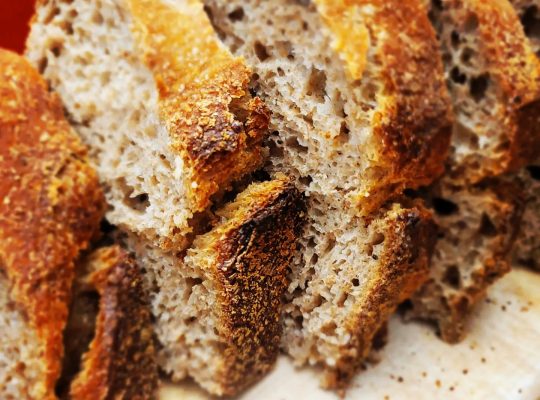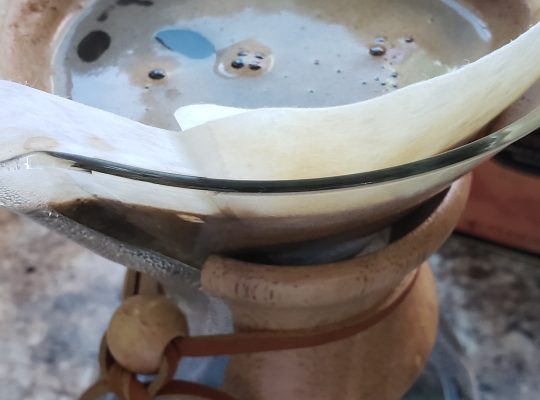Do you know what surprises people the most when it comes to health in general and healthy aging, or a better menopause transition (and postmenopause), which are the two areas I focus on in my work. That it’s the simple stuff done consistently that helps improve our overall health. In a world inundated by countless supplements that promise the world, making healthier nutrition choices, exercising regularly, ditto for sleeping and aiming to reduce stress…
The things we do not see can harm us
Visceral adipose tissue (VAT) is a metabolically active tissue, meaning it releases pro-inflammatory compounds that wreak havoc in the body and it is also associated with a risk of insulin resistance and impaired lipid metabolism. Because of that, excess VAT is linked to a higher risk of chronic conditions such as type 2 diabetes, different types of cancer and cardiovascular disease. The latter one is where things get interesting. The more VAT we have (and mind you, it can be less visible), the higher the risk of accelerated heart aging and blood vessels too, according to the study above. That’s right. When we have too much VAT in and around the organs in the abdomen, our hearts and blood vessels get stiffer and age faster.
Research matters
A study that analyzed over 21,000 people and looked at the effects of visceral fat (VAT) on the heart and circulatory system showed that excess visceral fat accelerates the aging of the heart and blood vessels through an increase in stiffness and inflammation. Previous studies showed that obesity and excess VAT accelerate brain aging too and increases the risk of Alzheimer’s disease. *Visceral fat is different from subcutaneous type (under the skin, jiggly kind) and ideally, we want to have less of it.
This is the kind of research that has me even more convinced that we need to think about adopting a few non-negotiables as we age. Like aerobic/cardiovascular exercise. On the daily and to the point of huffing (provided that you have no restrictions in that regard from your doctor).
Walking as a no-excuse health tool
My non-negotiables include a morning mobility routine and the walk/hike with our dog. Every day, no matter what. The first can be 20 minutes if time allows, or five if that’s all I can get. The hike on the other hand, I would not shorten under 40 minutes no matter what, and one big reason is because I care about our dog’s aging process as much as I can. If that means waking up earlier to fit a good walk in, so be it. (Once you make something non-negotiable that’s how it goes, right?) When time allows, we go for an hour and a half (longer on weekends), which is a (health-promoting) luxury for both of us.
Visceral fat does not accumulate overnight
We know that it becomes more evident as people age, given the concomitant muscle mass loss. It takes years of eating above one’s caloric needs and often consuming large amounts of certain ultraprocessed foods high in sugar, fat and/or sugar. While women have, in general, half of the visceral fat men have, and yes, both men and women are at risk of accumulating VAT as we age, the increase is quite dramatic in women, especially in perimenopause and menopause.
Estrogen has been shown to contribute to a slower rate of heart aging in women, and if you’re about to ask “but what about menopause?”… The answer is that the risk of heart disease increases in post-menopause (which starts after one full year with no menstrual cycles). Also, there is a higher risk of visceral fat accumulation in post-menopausal women, which is why adjusting exercise and diet as we age, as well as other lifestyle factors, makes a BIG difference in the risk of many chronic conditions.
What can we make of all that?
First, a reminder: It’s never too late to help improve health and prevent accelerated aging. Our bodies are resilient and they respond well to the very things that many people doubt will (truly) make a difference. Healthy dietary choices, exercise and working to improve lifestyle habits such as sleep and stress management.
Diet alone will not do it in the case of excess VAT. It does work, however, when the goal is overall weight loss but even then, it’s easy to maintain it when complemented with regular exercise. Aerobic or cardiovascular exercise on the other hand, including walking, will help reduce the amount of visceral fat and thus the risk of many chronic diseases, including heart disease.
Bottom line
A daily walk (aim for at least 20-30 minutes or longer when time allows, why not) at a brisk pace, or alternating fast with regular pace, can help reduce visceral fat, even when there is no visible weight loss. High intensity interval training (the intense express way of cardiovascular exercise) is highly effective in drastically reducing VAT. It is however, a good idea to make sure you are cleared for this type of exercise by your doctor (especially when there are existing health issues, including high blood pressure, heart disease etc).







